Air exchange rates per person for various premises
Living in urban apartments or country houses is determined by the list of conditions dictated by the requirements of healthcare institutes, construction and installation standards. It has long been proven that any violation immediately affects the comfort or health of residents.
One of the necessary conditions is fresh air with a certain oxygen content. To create a favorable microclimate for life, they equip a ventilation system, after having made some calculations.
For calculations, regulatory data are required, among which an important place is occupied by air exchange per person and we will examine in more detail what is behind this concept, and also find out what air exchange rates are acceptable for residential premises.
The content of the article:
What is air exchange and multiplicity?
They often confuse or do not see the difference between air exchange and its multiplicity, although in reality these are two different, although interconnected, concepts.
The term "air exchange" is used when it is necessary to characterize a ventilation system in a closed room. There is a second meaning - this is the process of air substitution, which takes place inside the building, and the parameters are different for different internal rooms.
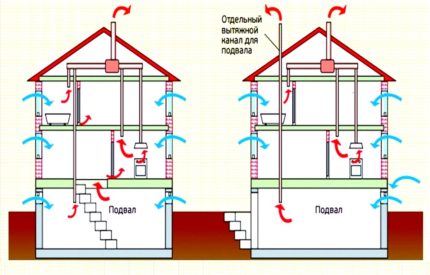
The air exchange is calculated in m³ / h. Units indicate how much air should change within 1 hour. For example, if the air exchange is 60 m³ / h, it means that within 1 hour the room must exchange 60 m³ of air.
The multiplicity means how many times in 1 hour the air completely changes to a new one. Simply put, air exchange is the volume of air, and the multiplicity is the number of shifts of this volume.
In the calculation tables given in the documentation of SNiP or GOST, both values can be indicated.
To draw up a ventilation project, calculations are made using special formulas.But there are also average norms that you can rely on when choosing ventilation pipes or climatic equipment.
For example, in SNiP 31-01-2003 a table is placed with the norms of multiplicity and the amount of air exchange in 2 modes, idle and serving:

When working on more complex ventilation systems of medical institutions, public institutions or production shops, additional factors are also taken into account in the calculations: the presence of harmful impurities in the air, the number of attendants and visitors, the temperature and humidity parameters, the heat generated by electrical appliances, etc.
Air exchange rates for a residential building
Apartment in high-rise building consists of premises for various purposes, and in this regard, the requirements for standards are also different. They are dictated by the length of stay of residents in a particular room (corridor, bathroom), and the quality of the air itself.
Let's consider what air exchange rates for 1 person should be followed when equipping ventilation for specific rooms, and what should be done if the real parameters differ from the standards.
# 1 - bedroom and living room
For premises in which residents spend most of the time, the same standards are accepted. It is believed that this is a living room where the whole family gathers, and a bedroom in which people relax - that is, spend, on average, 8 hours a day. The same category includes dormitory living rooms.
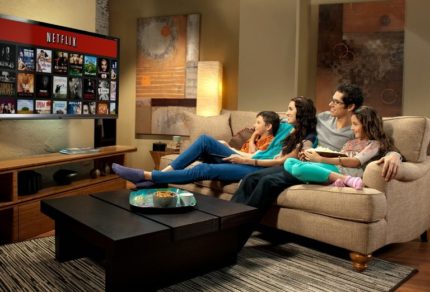
According to standard calculations, air supply private premises should be 30 m³ / h or more for each tenant. The multiplicity in the idle mode is 0.2, in the state of operation - 1.0 (in other sources - from 0.35). The unit says that every hour the air in the bedroom or living room should be completely replaced 1 time.
If the enclosing structures are recognized as dense for air passage, and a fireplace or mechanical hood is installed in the room, additional devices are needed to ensure a sufficient air flow.
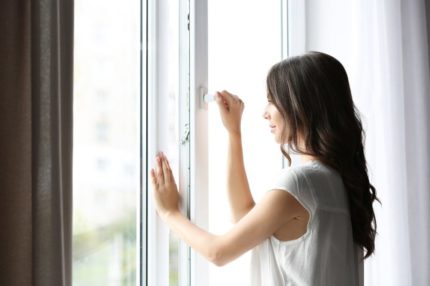
There are people who do not delve into the construction or sanitary standards - they are comfortable living either with windows closed tightly, or, conversely, with constantly ajar windows. Here you need to navigate on your own health, but the second option is preferable, especially if gas equipment is installed in the house or apartment.
# 2 - children's room
A children's room is a room in which a child sleeps, plays, studies, exercises, that is, spends all his free time.
He sleeps in it, therefore, for the child’s norm, the same as for the bedroom or living room:
- air exchange - 30 m³ / h;
- multiplicity in idle mode - 0.2;
- the multiplicity of maintenance is 1.0.
If 2 children live in the room, respectively, we also multiply the air substitution by two and get an air exchange of 60 m³ / h.
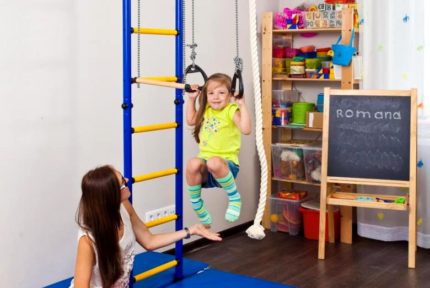
We remind you that the normative parameters are calculated for rooms with normal humidity and room temperature, and these indicators should not change after the installation of ventilation devices.
# 3 - kitchen with gas or electric stove
Both options are suitable for city apartments: if high-rise buildings, according to the new rules, are provided with electric stoves, then 5-storey and 2-storey old buildings are more often equipped with gas equipment.
Requirements to rooms with gas stoves and more rigid ovens:
- air exchange - 90 m³ / h (in kitchens with 4 hotplates);
- multiplicity - 1.0 + 100 m³, if a plate is installed.
If the kitchen is part of a living room or studio apartment, the parameters are calculated taking into account specific conditions, while the mechanical supply and exhaust ventilation.
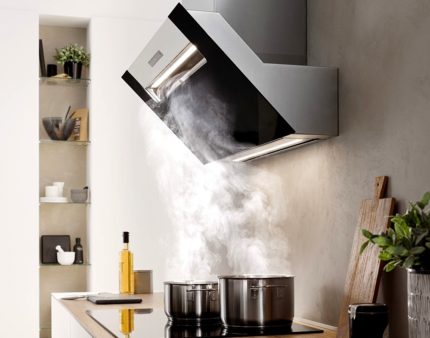
For electric stoves, the regulations are different:
- air exchange - 60 m³ / h (in kitchens with 2 hotplates) and 75 m³ / h (in kitchens with 3 hotplates);
- multiplicity - 0.5 in idle mode.
If gas equipment is actively used in the kitchen, the maximum air exchange is 180 m³ / h, with infrequent use of the stove it is reduced to 45 m³ / h.
# 4 - toilet and bathroom
Despite the traditionally small footage of bathrooms, toilets and bathrooms, the air exchange in these rooms should be sufficient to compensate for the increased humidity.
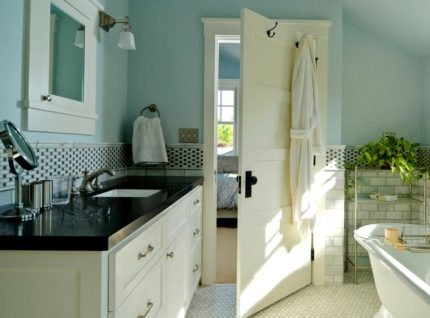
If the bathroom is a separate room, then the following requirements are relevant for it and for the toilet:
- continuous operation - 25 m³ / h;
- maximum mode - 90 m³ / h;
- the minimum mode is 10 m³ / h.
Under the maximum mode means enhanced service tenants. This happens when a large family lives in the apartment or at the same time there are many guests.
The minimum mode is “turned on” with a long absence of homeowners, as well as with the stay of 1 person who rarely uses a shower and bath.
For a combined bathroom, standard values increase:
- continuous operation - 50 m³ / h;
- maximum mode - 120 m³ / h;
- the minimum mode is 20 m³ / h.
All data are averaged and acceptable if the premises listed above are used rather than idle in a non-residential apartment.
# 5 - other rooms
For cloakrooms and pantries, there are no special requirements, it is only indicated that the air exchange rate should be 1.0-1.5.
Given that these rooms do not have windows, air is supplied and discharged through ajar doors or openings specially made in the doors.
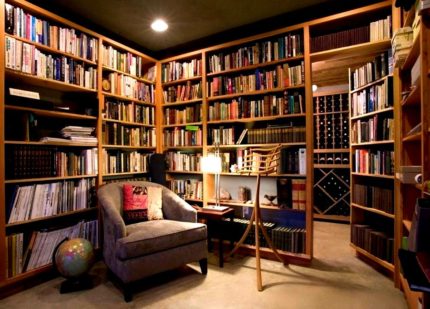
For example, for a sauna or a gym, parameters are calculated taking into account the activity of residents and the quality of the air environment. The same goes for the garageif it is located in the basement. For basinIn addition to the design standards, the installation of mechanical ventilation is required.
Air replacement rates for the remaining rooms in multi-storey buildings and dormitories:
- Laundry room - 7;
- ironing, room for drying clothes - 3;
- utility room - 1.5;
- garbage collection chamber - 1.0;
- study or library - 0.5.
For lobbies, stairwells, front, common corridors, no requirements are imposed, since air circulation occurs constantly through openable doors and windows.
How to increase do-it-yourself air exchange?
What to do if natural ventilation in the apartment does not meet the norm for a person or does not fulfill its functions at full capacity? We'll have to improve the conditions on our own, and this is not difficult to achieve.
There are several effective ways to increase airflow, and special electrical appliances are usually used to extract air.
We offer several devices that can significantly increase the performance of the ventilation system:
The advantage of all of the above instruments and devices is that they can be installed with your own hands.
On sale there are many models of fans, hoods, various supply valves.
Conclusions and useful video on the topic
About the calculation of the rate of air exchange:
Few of the owners of urban apartments or houses are concerned about the compliance of air exchange in housing with the requirements. More often, engineers, builders and installers are interested in the norms when they design or install ventilation systems.
But we recommend that you familiarize yourself with existing standards - focusing on proven values, you can create the most favorable and comfortable microclimate in your home.
If you have questions or you can share valuable tips on the topic of the article, please leave your comments in the box below.

 Standards for ventilation and air conditioning: air exchange in rooms for various purposes
Standards for ventilation and air conditioning: air exchange in rooms for various purposes  Frequency rate of air exchange in office premises: norms and rules for the organization of proper air exchange
Frequency rate of air exchange in office premises: norms and rules for the organization of proper air exchange  Checking ventilation at school: norms and procedures for checking the effectiveness of air exchange
Checking ventilation at school: norms and procedures for checking the effectiveness of air exchange  Norms of air exchange rate in various rooms + calculation examples
Norms of air exchange rate in various rooms + calculation examples 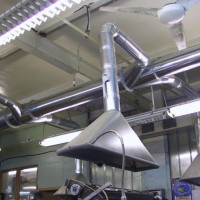 Ventilation of industrial premises: rules for the organization of air exchange
Ventilation of industrial premises: rules for the organization of air exchange  Warehouse and warehouse ventilation: standards, requirements, necessary equipment
Warehouse and warehouse ventilation: standards, requirements, necessary equipment  How much does it cost to connect gas to a private house: the price of organizing gas supply
How much does it cost to connect gas to a private house: the price of organizing gas supply  The best washing machines with dryer: model rating and customer tips
The best washing machines with dryer: model rating and customer tips  What is the color temperature of light and the nuances of choosing the temperature of the lamps to suit your needs
What is the color temperature of light and the nuances of choosing the temperature of the lamps to suit your needs  Replacement of a geyser in an apartment: replacement paperwork + basic norms and requirements
Replacement of a geyser in an apartment: replacement paperwork + basic norms and requirements